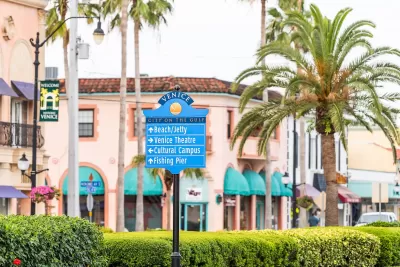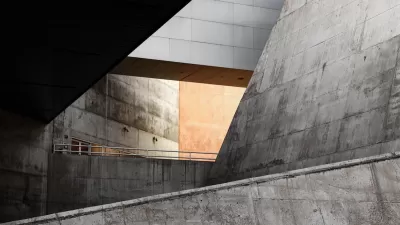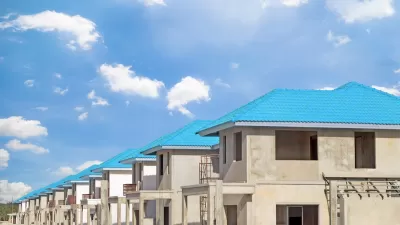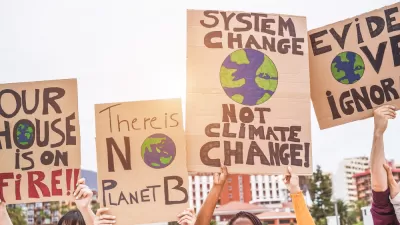How a community planned in the 1920s has gracefully navigated change, offering a model for other places.

In a piece for Governing, William Fulton describes the growth of Venice, Florida, a planned community dating back to the 1920s designed by John Nolen. The community, as Fulton explains, “is one of the most famous and important town plans in American history” for urban planners and designers.
But for Fulton, the magic of Venice isn’t in its original plan; it’s in how the community has evolved and grown through the last century. “It helped me remember that the best places are those that evolve and reinvent themselves over time — a lesson that’s extremely important as we try to figure out the role of places, communities and downtowns in the wake of the pandemic.”
After the Great Depression, the town moved away from Nolen’s original Italianate architecture, adding more Modernist buildings. Since then, the community has embraced its diverse architectural history. Fulton concludes that “Sometimes it’s more valuable to lay down the pattern of public streets and public spaces upfront rather than trying to micromanage private development as today’s planners so often try to do.”
Fulton asks readers to keep Venice’s flexibility in mind as we navigate shifting urban patterns and make decisions about how to build and organize our cities.
FULL STORY: What a Century-Old Planned Community Can Teach Us About Growth

Alabama: Trump Terminates Settlements for Black Communities Harmed By Raw Sewage
Trump deemed the landmark civil rights agreement “illegal DEI and environmental justice policy.”

Planetizen Federal Action Tracker
A weekly monitor of how Trump’s orders and actions are impacting planners and planning in America.

The 120 Year Old Tiny Home Villages That Sheltered San Francisco’s Earthquake Refugees
More than a century ago, San Francisco mobilized to house thousands of residents displaced by the 1906 earthquake. Could their strategy offer a model for the present?

LA’s Tree Emergency Goes Beyond Vandalism
After a vandal destroyed dozens of downtown LA trees, Mayor Karen Bass vowed to replace them. Days later, she slashed the city’s tree budget.

Sacramento Leads Nation With Bus-Mounted Bike Lane Enforcement Cameras
The city is the first to use its bus-mounted traffic enforcement system to cite drivers who park or drive in bike lanes.

Seattle Voters Approve Social Housing Referendum
Voters approved a corporate tax to fund the city’s housing authority despite an opposition campaign funded by Amazon and Microsoft.
Urban Design for Planners 1: Software Tools
This six-course series explores essential urban design concepts using open source software and equips planners with the tools they need to participate fully in the urban design process.
Planning for Universal Design
Learn the tools for implementing Universal Design in planning regulations.
Ada County Highway District
Clanton & Associates, Inc.
Jessamine County Fiscal Court
Institute for Housing and Urban Development Studies (IHS)
City of Grandview
Harvard GSD Executive Education
Toledo-Lucas County Plan Commissions
Salt Lake City
NYU Wagner Graduate School of Public Service





























